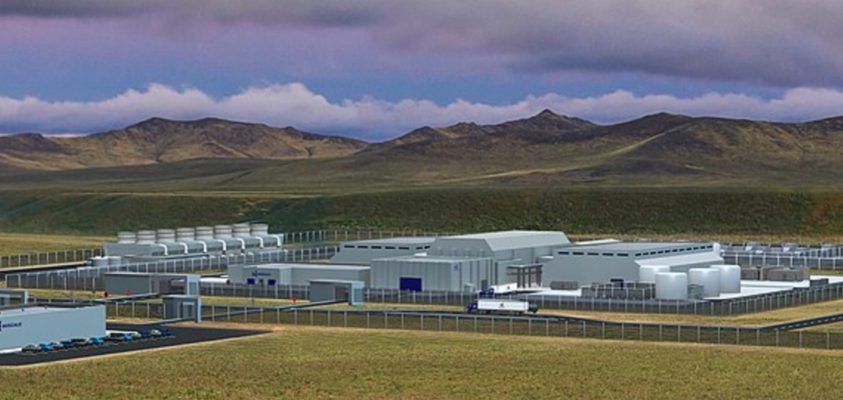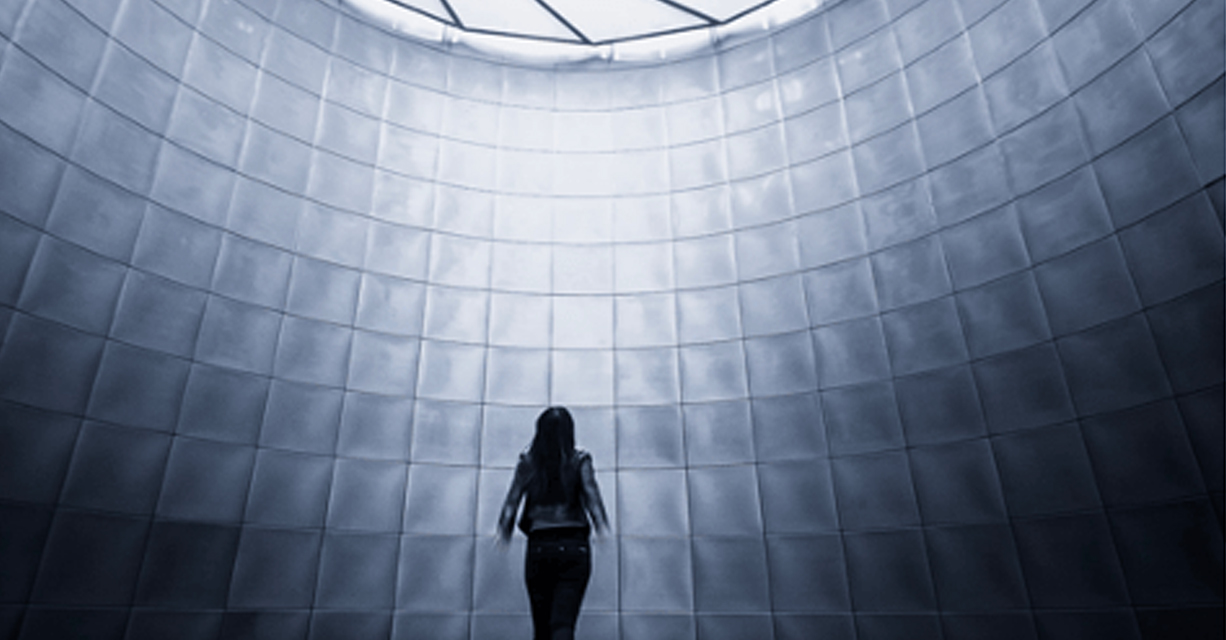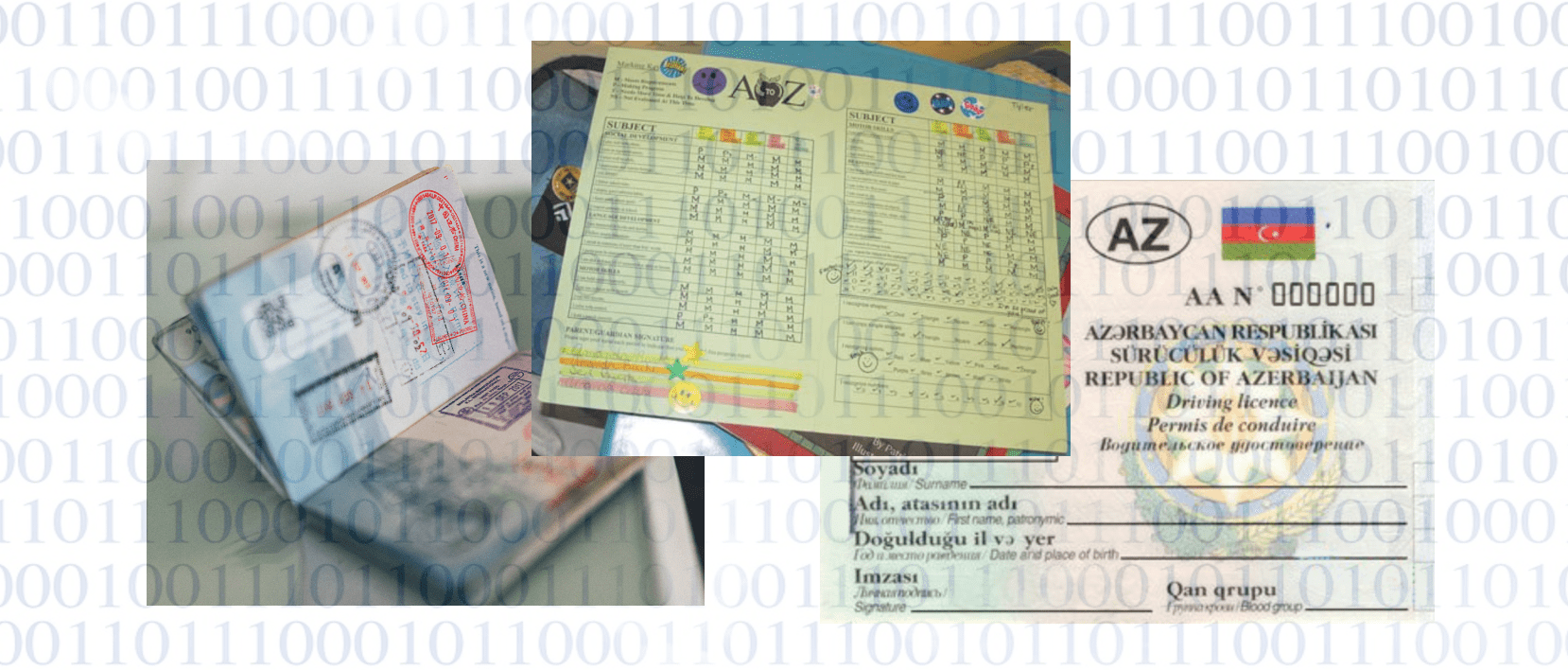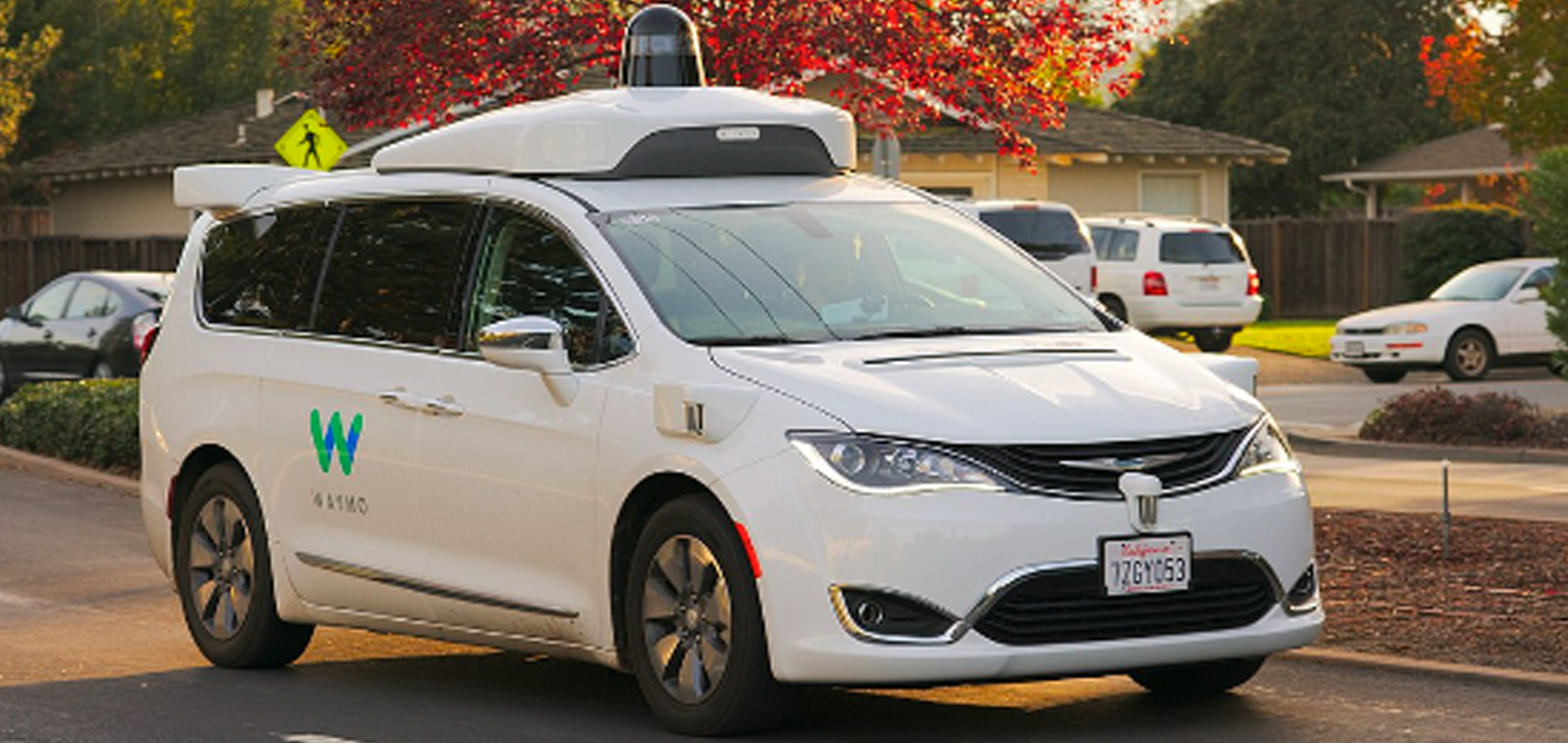Are NuScale’s Small Nuclear Reactors A Carbon-Free Energy Solution?
World energy consumption is projected to grow by 50% in just 30 years. At the same time, civilization must reach net-zero carbon emissions lest tens of millions of people face displacement and impoverishment from heatwaves, drought, flooding, and pestilence. UN Secretary-General, Antonio Guterres told the Finance in Common Summit last November, “Science is clear: if we fail to meet these goals, the disruption to economies, societies and people caused by COVID-19 will pale in comparison to what the climate crisis holds in store.” Nuclear power, with no carbon emissions, may be a solution for our rapidly industrializing world.
But Nuclear power’s history is littered with financial and environmental fiascos. Its excruciatingly slow pace of development has been a mismatch with competing technologies and a changing climate.
A start-up in Oregon, NuScale Power, aims to learn from that past and deliver cheap, abundant clean power. They just received federal approval, and massive funding, for a new nuclear reactor design and business model. Time, and the accelerating pace of exponentially-growing technologies, are this company’s real competition.
NuScale’s Milestone
Last September, The U.S. Nuclear Regulatory Commission (NRC) approved NuScale’s factory-built small modular reactor (SMR) design. The approval and final safety evaluation mean that utilities can now apply to the NRC to build and operate NuScale’s design. A few weeks ago, the company and Utah Associated Municipal Power Systems (UAMPS) announced agreements for NuScale to land its first purchase orders in 2022. A $1.355 billion multi-year Financial Assistance Award from the U.S. Department of Energy greased the skids.
If all goes well, around 2030, a new nuclear power plant will generate enough electricity to support 350,000 homes. That’s the energy equivalent of burning about 70 railroad cars of coal a day.

Nuclear Power’s Attraction
A nuclear reactor is essentially a boiler. There is a core where uranium atoms spit out neutrons, which crash into other uranium atoms, which eject more neutrons in a chain reaction. That reaction gives off massive quantities of heat, making steam that spins a turbine for an electric generator.
The uranium fuel lasts for decades. Once a reactor is up and running, it provides cheaper electricity than any non-renewable source (the “marginal operating cost” in business parlance).
Nuclear power’s foremost benefits are enticing:
- Carbon-free
- Rarely needs re-fueling
- Cheap to operate, once a plant is built.
However, the technology also holds profound pitfalls:
- Unusual potential for extreme cost and schedule overruns resulting in very expensive electricity.
- Mistakes can cause decades-long health and environmental damage.
Nuclear Delays And Debts
Unlike the low operating cost of older, completed plants, the total cost of power from a new nuclear plant, including construction expenses, is prohibitive.
The allure of cheap long-term nuclear power has been like a pot of gold at the end of the rainbow for investors. Like a rainbow, the finish date of multiple nuclear power projects has continuously receded in the distance.

Unique designs, immature supply chains, and shifting regulations have caused massive nuclear power plant cost overruns, schedule slips, and even cancellation of partially-completed projects. Billions of dollars of sunk costs sit permanently idle.
In 1983, bondholders of the Washington Public Power Supply System (WPPSS, also called “Whoops!”) were largely wiped out when the utility defaulted. The nuclear power plants supported by the bonds were canceled following construction delays and a projected cost over-shoot of $20B beyond the initial $4.1B budget. The two giant cooling towers have found use in military training and video backdrops.

More recently, Westinghouse tilted into bankruptcy in 2017 with extreme delays and cost overruns at two nuclear power projects in the Southeastern United States. The corporate owner, Toshiba, was forced to sell its valuable semiconductor business for $18B to foot the bill.
The South Carolina utility buying one of the power stations, SCANA, recently agreed to a $137.5M financial fraud settlement. Residents pay elevated rates for electricity that will never flow to their homes. As a former government official commented, rate payers funded billions of dollars to dig a hole in the ground and fill it back up again.
Even “successful” projects, by nuclear industry standards, would cause an investor to blanche. The Barakah nuclear power plant in Abu Dhabi, built by Korean contractor, KEPCO, has been touted as a success model by The Economist. First delivering commercial electricity in August 2020, it came in 3 years late on a 10-year schedule and $8B over-cost on a $20B budget.
Environmental Shadow
Complex controls and frankly questionable design choices have led to literal nuclear meltdowns.
In 1979, operator error and poor user interface design led to the destruction of the newly-opened Number 2 reactor at Three Mile Island in Pennsylvania. 42 years later, the area is still sealed off. Melted radioactive fuel rods remain inside.
The 2011 disaster at Fukushima Daiichi nuclear power plant was caused by a tsunami that overwhelmed heat exchangers and backup power generators. Someone decided to build a nuclear reactor on the sea shore along a coast where there have been numerous tidal waves.
There has been a 30-fold increase in thyroid cancer among children in the affected area. Cleanup will take 50 years, according to Japan’s Ministry of Economy, Trade, and Industry.
Nuscale’s Product And Commercial Concept
NuScale’s initiative targets that checkered history.
The new SMR, per the NRC’s detailed review, is designed to safely shut down even if the cooling system completely fails.
Power station construction with NuScale is touted as substantially cheaper, faster, and more predictable than large nuclear facilities. Instead of being built on-site from the ground up the reactors will be factory-built, repetitively with standardized parts, and shipped in three assembly sections.
The strategy is to benefit from a manufacturing experience curve, where production costs decrease with cumulative volume. The company expects to sell anywhere from 674 to 1,682 reactors between 2023 and 2042.
That projection can look reasonable as multiple NuScale reactor modules are needed to match the capacity of one large reactor. There are 441 commercial reactors operating in the world today providing about 10% of our electricity. 49 more are under construction with an additional 300 proposed. Most new projects are feeding Asia’s brisk economic growth.
NuScale offers flexible capacity. A module delivers about 70MWe, roughly 1/20th of a large reactor like Barakah’s. Customers can add modules as needed to match growing demand.
Reduced costs and schedules plus reliable results and customizable capacity will allow better access to less expensive financing. Nuclear power stations often cost over $20B. They do not generate revenue until fully qualified and supplying electricity to a power grid. A NuScale unit will cost substantially less and provide income soon after installation.
While NuScale’s SMR benefits look compelling, there is competition.
Direct Competitors
Globally there are more than 90 SMR designs in the works. Several systems in China and Argentina are in late-stage construction. Two in Russia have supplied municipal power for more than a year.
Descended from nuclear submarine power plants, the Russian SMRs reside in the giant barge, Akademik Lomonosov. It is docked in Pevek, a Siberian harbor town. Plans are for a series of these mobile transportable power stations along Russia’s Arctic coast. Abundant zero-carbon power from a compact source that goes decades without refueling fits far-flung populations.

Technology Competition Over Time
NuScale’s venture overcomes construction cost barriers, environmental safety, and active SMR competition, but it faces a more powerful nemesis: time. Time is the undefeated enemy of slow-moving businesses. Renewable energy is racing forward.
“Time is the undefeated enemy of slow-moving businesses.”
Today’s marginal energy cost from fully-operational nuclear plants is barely cheaper than onshore wind and large-scale solar. Those sources are very young. Rapid iteration of core technologies allows their cost to drop exponentially.

Renewables require storage. That cost plummeted 70% from 2015 to 2018 in the U.S.

I expect those cost trends to continue for the young renewables industry.
NuScale is not winning the race with time. The 2017 projection was to produce power in 2026. The 2020 projection was 2029: a three-year slip in three years.
Following the nuclear industry’s pattern, NuScale’s projected cost for the UAMPS project has reportedly risen from $3.6B in 2017 to $6.1B today.
You don’t want nuclear reactor developers to emulate Facebook early software engineering culture and “Move fast and break things.” But NuScale is on track to spend 22 years from launch to operating revenue.
How cheap and widespread will renewables be in 20 years? How will digital solutions for a smart power grid(the “Smart Grid”) reshape energy distribution’s efficiency, reliability, and cost? Time is stubborn; you have to make it your partner.
NuScale And SMRs’ Place, In Time
Over 30 years we to find 50% more power while becoming carbon-neutral. Previously skeptical UN researchers say a substantial bump in nuclear energy is needed to hit the target.
If that investment is necessary, I think it will end up being costly relative to wind and solar.
Modular reactors will find homes in places needing their unique benefits. In fact the first use was a specialized application 65 years ago: powering submarines under the oceans. Other niche opportunities like desalination, mining, and hydrogen generation are often discussed.
However, for large-scale commercial power it may be a case of too little, too late for NuScale’s small reactors.
Cover Image:
Artist’s rendering of a NuScale plant (image courtesy NuScale Power). Author: Oregon State University. This file is licensed under the Creative CommonsAttribution-Share Alike 2.0 Generic license





